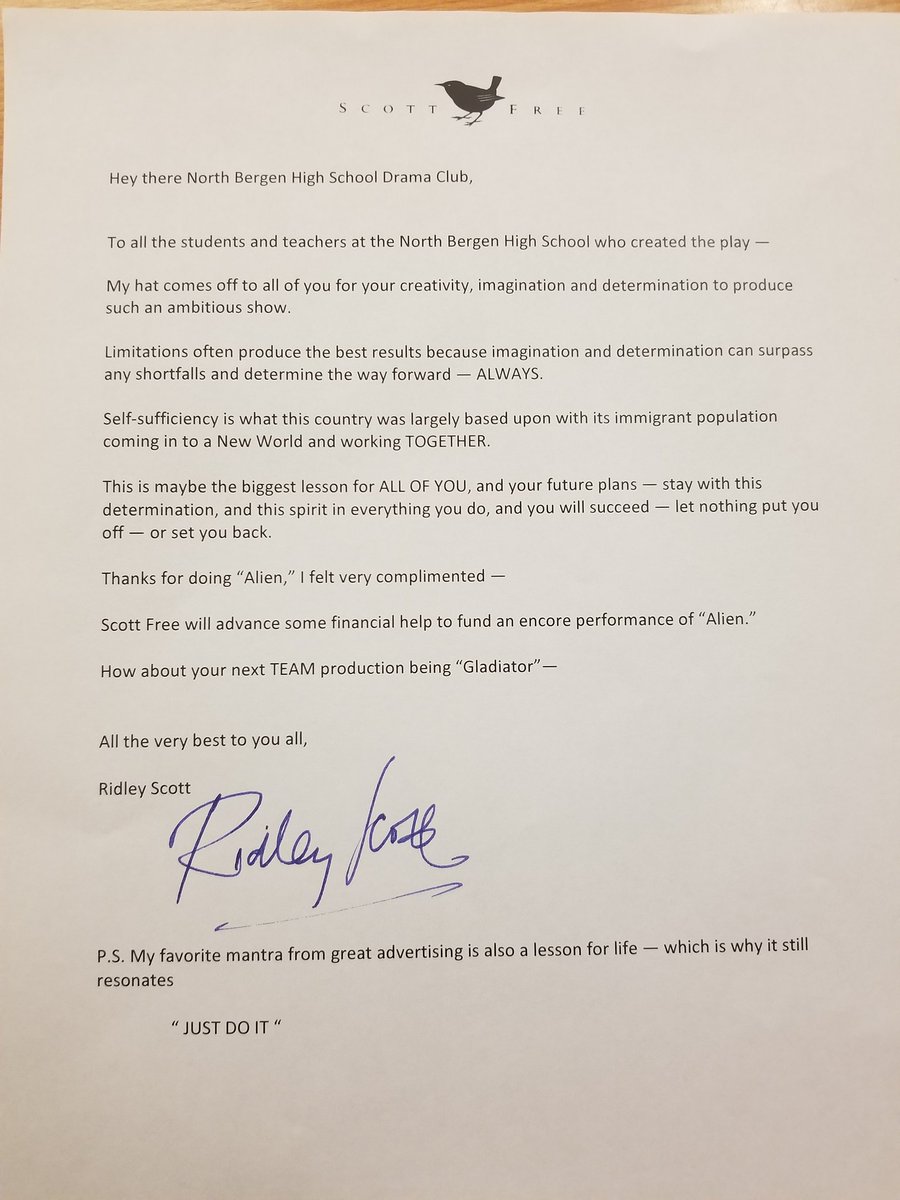What have we here?
Evidence that the Maestro is a monster?
Or a behind the scenes reminder that Arrested Development’s wannabe actor Tobias Fünke is not too far off base when he says that to make it in “this business of show, you have to have the heart of an angel and the hide… of an elephant.”
Both? Neither? Any way you slice it, the recording session above is not for your typical cast album.
West Side Story, with a book by Arthur Laurents, music by Leonard Bernstein, and lyrics by Stephen Sondheim, opened on Broadway in 1957.
The film, starring Natalie Wood and Richard Beymer as star-crossed lovers Maria and Tony, came along four years later.
After which it’s been an endless round of community, college, and high school productions.
Are you a Jet or a Shark?
The celebrated tenor José Carreras does not make a particularly believable Jet.
While untold numbers of white kids have attempted Puerto Rican accents to play Maria, Bernardo, Anita, and Chino, that knife has seldom cut the other way.
Perhaps a dialect coach could have transformed Carreras’ thick Spanish accent into Tony’s New York street punk vernacular, but the prep time for these September 1984 recording sessions was minimal, and not tied to any actual production.
Carreras was also, at 38, a bit long in the tooth to be tackling the part.
But what might have been deal breakers for a Broadway revival were permissible for this weeklong special event in which world-caliber artists, “whose main reason for existing,” according to Bernstein, was their singing, would be laying down the score in the studio, backed by a full orchestra.
As he told his associate and eventual biographer, classical music television presenter Humphrey Burton:
l’d always thought of West Side Story in terms of teenagers and there are no teenage opera singers, it’s just a contradiction in terms. But this is a recording and people don’t have to look 16, they don’t have to be able to dance or act a rather difficult play eight times a week. And therefore we took this rather unorthodox step of casting number-one world-class opera singers. I suppose the only foreseeable problem was that they might sound too old—but they don’t, they just sound marvelous!
Bernstein’s approving mood is nowhere in evidence in the above clip, in which he hectors Carreras for screwing up the tempo, as the instrumentalists and sound engineers squirm.
Carreras’ discomfort and chagrin is so palpable that you can find the sequence on YouTube under the title “Tenor Keeps Screwing Up while Bernstein Conducts—Awkward Sequence,” as if he were some weedy upstart, still wet behind the ears, when in fact, he had just flown in from Verona, where he’d been appearing as Don José in Carmen.
Dame Kiri Te Kanawa, Carreras’ Maria, supplied a taste of what it was like to sing for the composer:
He’s a man of many emotions. You can see his moods, his frustrations, his happiness, his wanting to perform to people. That’s the thing that makes the man interesting. One is constantly trying to read him, but he’s on another planet!
In the end, Bernstein declared himself pleased with what had been accomplished, or at least with the enduring power of the material.
But readers with an anti-authoritarian streak may not feel satisfied until they’ve seen the clip below, in which a rogue BBC Orchestra trumpet isn’t quite so deferential in the face of the Maestro’s criticism.
Listen to the 1984 recording of West Side Story for free on Spotify.
Related Content:
Leonard Bernstein Introduces the Moog Synthesizer to the World in 1969, Playing an Electrified Version of Bach’s “Little Fugue in G”
Watch Leonard Bernstein Conduct the Vienna Philharmonic Using Only His Eyebrows
Leonard Bernstein Presents “The Greatest 5 Minutes in Music Education”
Ayun Halliday is an author, illustrator, theater maker and Chief Primatologist of the East Village Inky zine. Join her for the next installment of her book-based variety show, Necromancers of the Public Domain in New York City this April. Follow her @AyunHalliday.




